When he first learned that Ukraine had been invaded, the renowned photographer Vitaliy Raskalov was thousands of miles away, but he knew he had to help. Within a week of the invasion, he’d raised the equivalent of $10,000 in ether through the sales of his well-known NFT photography collection, which went toward providing bulletproof vests, helmets, and flashlights to the resistance.
The invasion of Ukraine has been named the “world’s first crypto war” by the international press, with people around the world donating cryptocurrency to support Ukraine during a time of crisis. By March 23, nearly $100 million in crypto had been donated to Ukraine since the invasion, according to reports. The idea at the heart of this movement is that decentralized systems allow for transactions to be completed almost immediately, delivering funds quickly to those in need of emergency assistance.
In the last year, as the conversation around cryptocurrency and the blockchain reached a fever pitch, several non-profit organizations have expanded their fundraising efforts. The Giving Block, a platform for non-profits accepting crypto donations, reported a 1,558% increase in total donation volume for 2021 when compared with 2020, with NFT projects donating $12.3 million to charities via The Giving Block.
In December of last year, The Giving Block launched the first-ever NFTuesday, a one-day event dedicated to NFT philanthropy. Prominent NFT artists also created their own initiatives. An Art Blocks artist donated $3.5 million to Médecins Sans Frontières Australia, while artists Ghxsts and Cool Cats raised more than $120,000 for Hope For Paws, Animal Equality, and the Rainforest Foundation Fund. 100% of the profits from the Blazed Cats NFT collection go to Mental Health America.
In 2021, non-profits and charities got creative. Save the Chimps, a sanctuary for rescued chimpanzees, released NFTs for scanned finger paintings created by three of their residents, Tootie, Clay, and Cheetah. Instead of using the Ethereum blockchain, they used the more eco-friendly Tezos blockchain to reduce the environmental impact associated with minting NFTs. In addition to the digital artworks, collectors could also invest in a rare exclusive tour of the sanctuary. According to the sanctuary, all of the participants in the project were first-time donors.
Some of these fundraising projects have raised significant funds. December of 2021, UNICEF launched a set of 1,000 NFTs to mark their 75th anniversary, with the funds going to benefit the UNICEF Global Office of Innovation, including Giga, an initiative working to connect schools worldwide to the internet. The artwork was created in collaboration with the data visualization scientist and artist Nadieh Bremer. The sale generated 235 ETH, with 175 ETH generated just through the minting of the NFTs.
Beyond NFTs, a closer look at DAOs, or decentralized autonomous organizations, can also give us some insight into how fundraising might change in the age of Web3. In November of last year, Kimbal Musk launched the Big Green DAO, an organization led by both donors and grantees. Everyone gets the same vote, and as the DAO distributes more funds, more voices will join in the decision-making. The goal? To redistribute power and give back to local non-profits that might be overlooked by traditional funding sources.
While 2021 might have thrust crypto fundraising into the mainstream, 2022 could be the year we start to understand its potential. In late March, the Ukrainian government dropped a collection of NFTs to raise funds amid the ongoing crisis. The NFTs combine the work of Ukrainian artists and real-time Tweets and footage from the war.
Also in March, the world-renowned artist JR launched an NFT project to support refugees exiting Ukraine. A Ukrainian photographer sent JR a portrait of Valeriia, a five-year-old child crossing into Poland. JR’s studio then printed the photograph on a giant tarp, which was walked across the border by hundreds of people. From there, the studio released two NFTs, with 100% of the funds generated from primary and secondary sales going to support women and children at different Ukrainian border crossings.
This idea that artists could make an immediate difference is inspiring. But for any type of fundraising effort, whether or not it takes place in the crypto space, it’s critical to have a detailed plan of action so that you’re able to deliver on any promises you make to collectors or patrons. It’s also worth considering collaborating with experts and advisors, including those who are comfortable with fundraising in crypto, to help you navigate the space.
“The work that goes into making these projects successful and sourcing the funds is similar to the work of traditional fundraising, and many of the same protocols apply—such as creating roadmaps and business plans, keeping stakeholders and community members apprised of updates, and just being transparent in general,” the 500px team shares.
As the team at 500px reminds us, fundraising through art isn’t unique to the crypto space. Last year, for example, a Banksy painting raised over £16 million for Southampton Hospitals Charity amid the pandemic after being sold at Christie’s. Photographers also gave back during the Covid crisis; in April of 2020, the Pictures For Elmhurst print sale brought together 187 photographers, raising $1.38 million, with proceeds going to Elmhurst Hospital Center in New York.
It makes sense that the crypto art community would also discover new ways of giving back. With that being said, the crypto space is still new, representing a modern-day “wild west,” so it’ll be up to artists, activists, developers, and collectors to determine how funds are raised and distributed.
But one thing is clear: going forward, community-building will continue to be integral to the long-term success of NFT projects, including those making a difference. “It is important to note that many DAOs and crypto projects rely on donations, investors, and community buy-in to get off the ground,” the 500px team explains.
When artists join forces, it’s hard for the world to turn a blind eye. Vitaliy Raskalov, the influential photographer who took action in the early days of the crisis in Ukraine, was also one of 37 participating artists in Reli3f, an NFT fundraiser organized by the NFT trader Andrew Wang. The collection sold out almost immediately, raising the equivalent of $980,000 in half a minute.
Want to learn more about the role of NFTs in supporting non-profits? Check out our article Amplifying voices and causes through NFTs.
Join the VAULT waitlist to get early access and be the first to find out how you can create, buy, sell, and earn.
Check out these articles to get to know more about NFTs:
What You Need to Know About NFTs as a Photographer
How NFTs protect Artists
The 500px Guide to Understanding NFT and Crypto Buzzwords
What to Consider When Buying NFTs
Exploring NFT Roadmaps and Utilities
How NFTs are Changing the Narrative around Digital Art

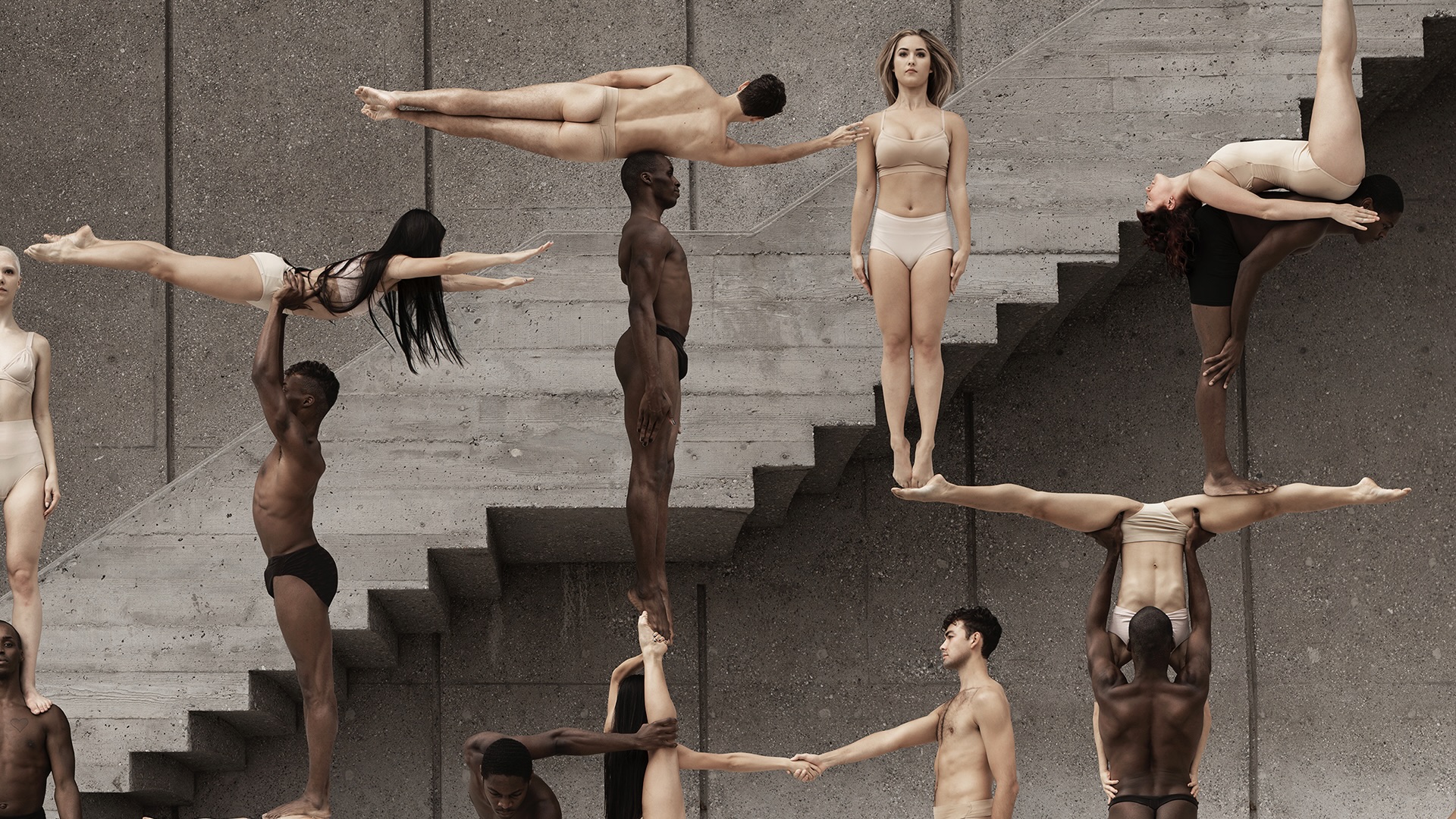
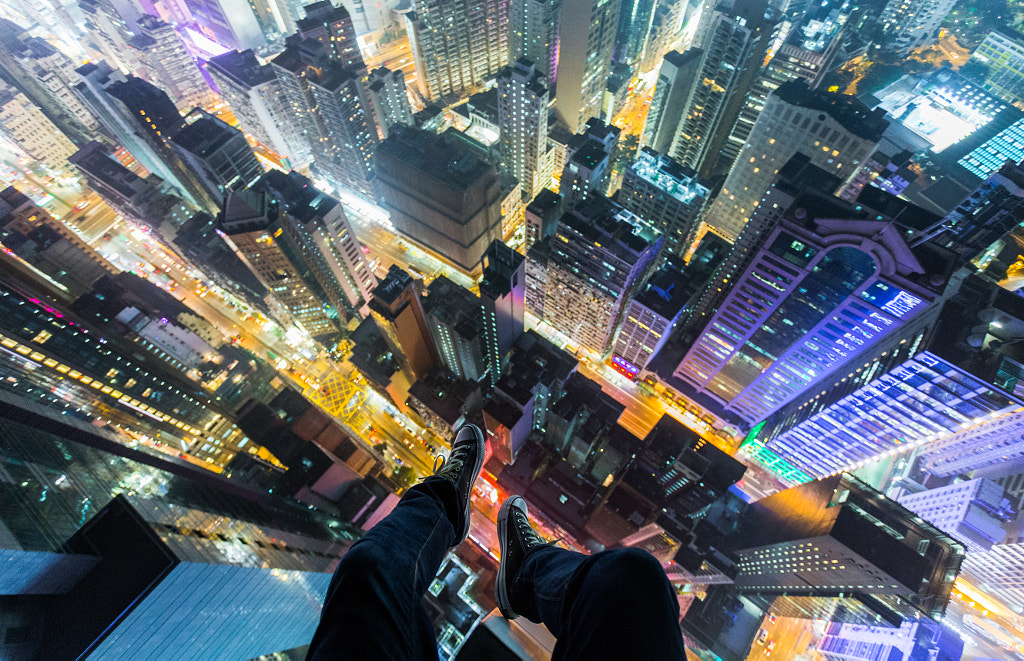


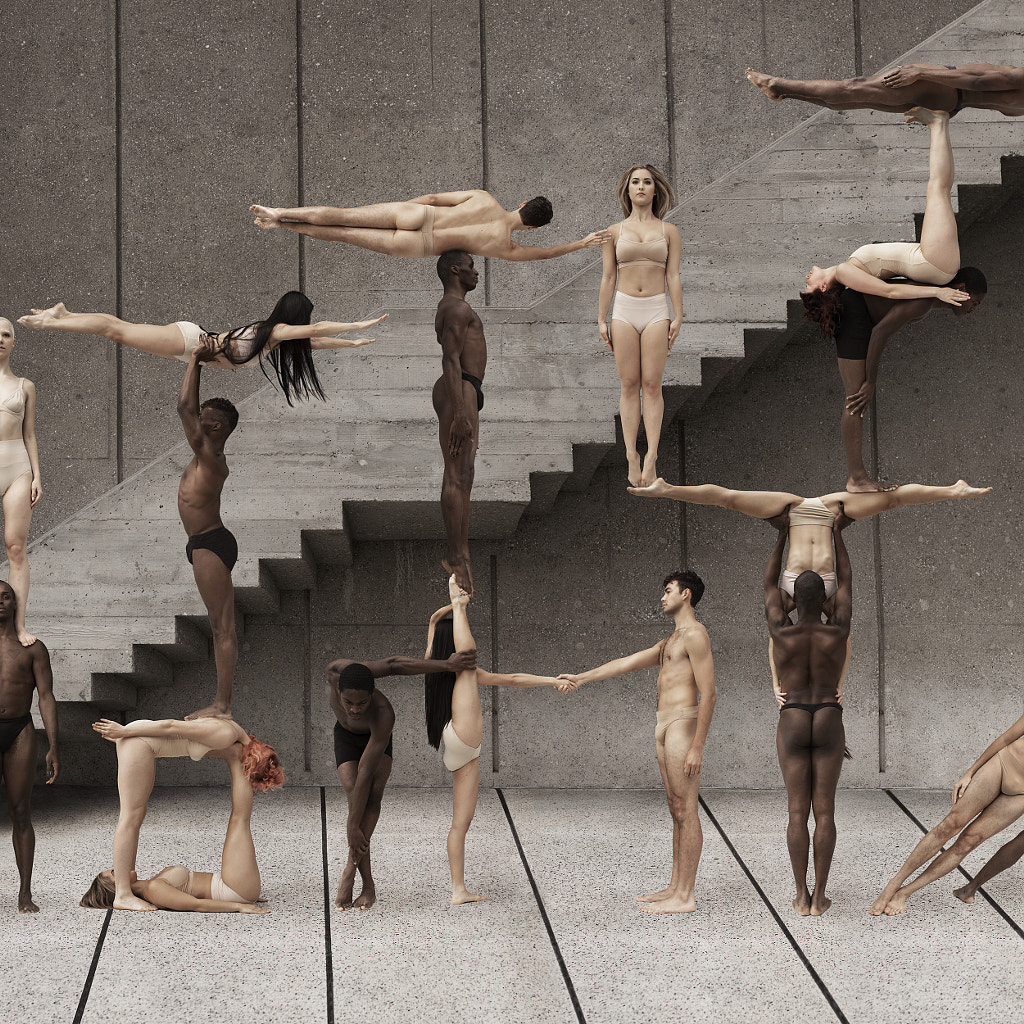

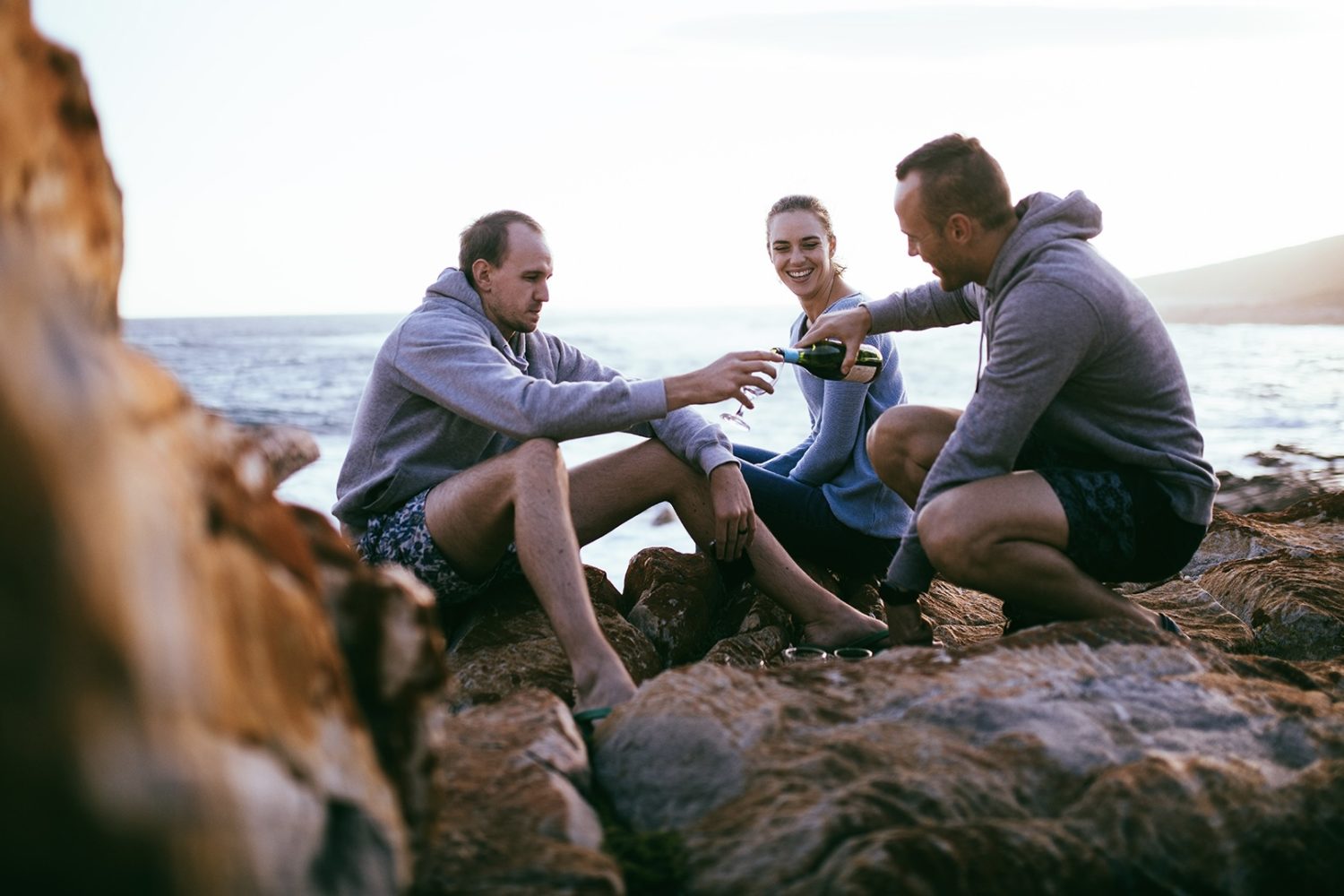


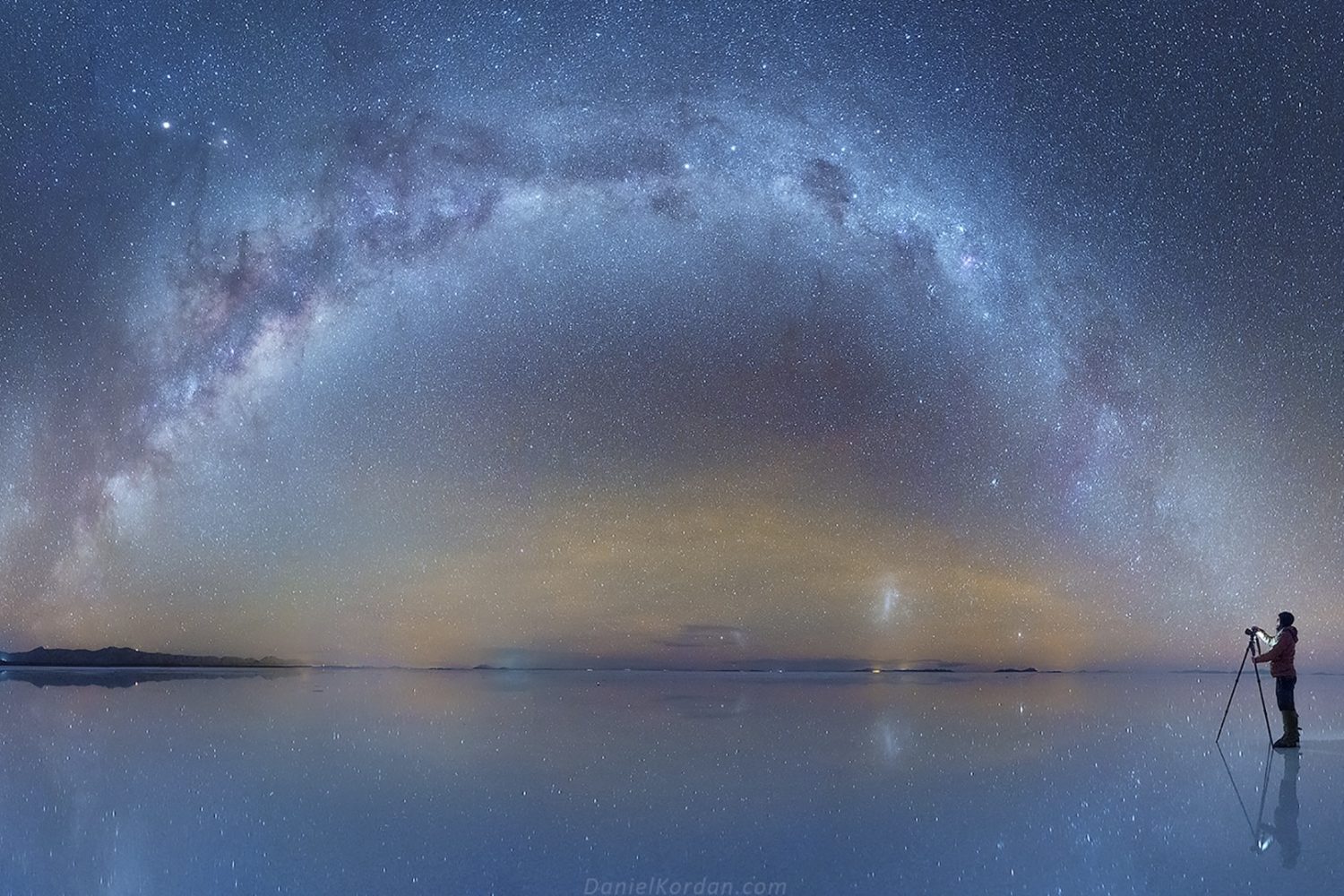

Leave a reply